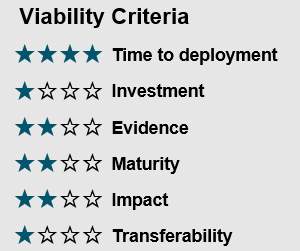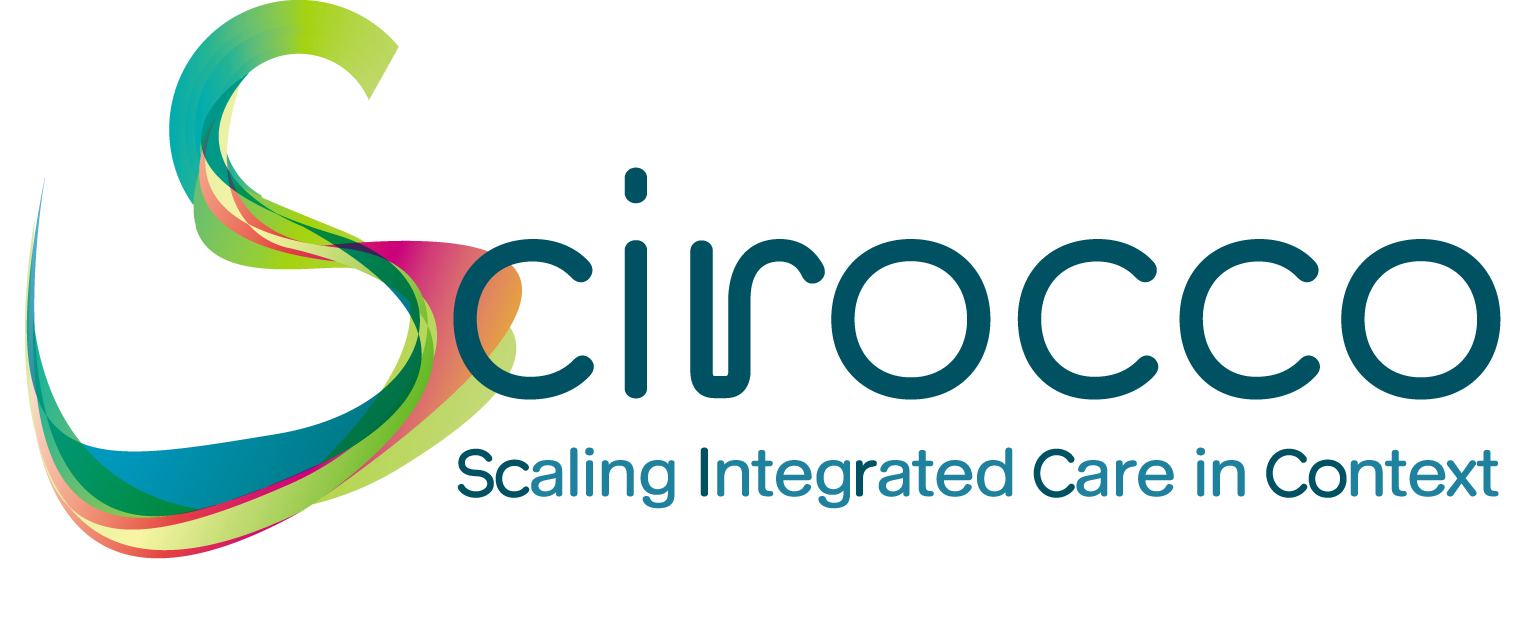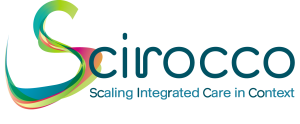Good Practices Overview | Basque Country | Czech Republic | Norrbotten | Puglia | Scotland
 The patient journey through emergency medical care
The patient journey through emergency medical care
Summary of the good practice:
Our goal has been to reduce the transportations and provide better accessibility for patients to local hospitals. Everyone who seeks the hospital gets a call and a prioritizing where we determine the level of care according to an interview guide. Then, we take care of the sick patients directly, while others who are not acutely ill refer to other instances. This saves energy and time for the elderly. They may also meet familiar health professionals, without long waiting times. The references are made both at the hospital and from the ambulances in Piteå. Many times, the paramedics to meet the person’s needs are done already in their homes by treating and safeguarding patients directly, without bringing them to the hospital. We work together with the patient through the use of person-centred care. We listen to the patient’s story, forming a partnership with the elderly and documenting what we come up with together. Person-centred care means to respect and acknowledge the person’s experiences and interpretation of health and illness and to promote health for this particular individual. We often interact with the elderly, health centres, home care, district nurses and with the patient in order to find the most convenient solution. The patient receives a folder where we write down what we agreed on and how all the vital parameters. Here, the elderly get information about where to call. The patient also receives the name of the health care professionals as they talked to. We see the patient as a capable person with resources and abilities. Introducing this method had reduced the need for emergency and intensive care and increased the patient safety.
URL: www.nll.se
Challenge addressed by the good practice
Our goal has been to reduce the transportations and provide better accessibility for patients to local hospitals.
Key innovative elements of the good practice
We work for right care to right patient at the right time, provided by right professional. In order to meet future needs, we have adapted to the urgent care for today’s conditions. Our aim is that the patients are provided a well- coordinated care chain where the transitions between the different institutions are covered. Keywords are process thinking and collaboration. Our improvement efforts have improved and make it easier for patients to get a well- coordinated way in the care chain. Today, many patients who call the ambulance are secured already in the home and get an assessment according to a standardized approach. Then they can be cared for directly, be referred another health-care provider, get support for self-care or brought to the Emergency Department, depending on the results from the assessment. Previous, the ambulance brings all the patients to the hospital, when they had been alerted to it. This led to long waiting lists and unnecessary journeys back and forth home and hospital. In Piteå, priorities have led to an improved flow for the patients. The sickest is quickly disposed of while non-acutely ill patients are referred to other health care providers or self-care, depending on the situation. Non-value adding time for our patients is decreasing and those who are acutely ill receive emergency medical care right away. From the intensive care, we can support the hospital’s other divisions; since we have introduced a standardized evaluation method. All estimates according to an assessment and we know exactly when to alert on. It doesn’t matter who conducted the assessment. The titles they find patients who are deteriorating and they get emergency care faster than before. In the past it sometimes took a long time to find these patients and handling was different depending on experience, time of day, and profession. In every stage of this improvement, we have used person-centred care. We listen to the patient’s story, forming a partnership and documenting what we come up with together. To work based on person-centred care gives patients more satisfaction and everyone gets a larger picture of the patients’ whole situation. In addition patients who are involved in decisions concerning their health care can “speed up” the rehabilitation process and professionals and patient can work towards common goals.
Full Scirocco information on the good practice
SciroccoGP-Norrbotten-4-The-Patient-Journey-through-Emergency-Medical-Care-IVAK.pdf [PDF]
Publications and reports on the good practice
n/a
Contact point: Anna Åström (clinical nurse); anna.c.astrom@nll.se


